11 Animals Named After US Presidents
Presidential species

The study of taxonomy is often a slog. There are measurements to take, technical descriptions to write and databases to parse — all tasks that require nothing short of meticulous, tireless precision. The naming of a new species, on the other hand, can be an exhilarating, even a celebratory experience. Scientists have been known to christen their discoveries after famous people, whether as an expression of their admiration or to draw public interest to their work. It's nice work if you can get it: Airports, schools and libraries may come and go, but the taxonomic record is forever. In honor of the birth of American independence, here are 11 U.S. presidents who have been immortalized in "life's filing system."
Washington's wasp
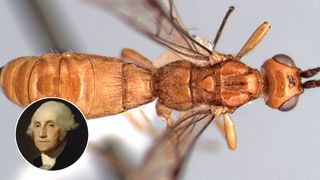
Named after George Washington, Heterospilus washingtoni is a parasitic wasp that lives primarily in Costa Rica. Although there are scant taxonomic similarities between the critter and the father of the United States, both can claim large families. The diverse Heterospilus genus includes about 280 known species.
Jefferson mollusk

Call the Chesapecten jeffersonius a founding fossil. When English naturalist Martin Lister published a drawing of the scallop's then-unclassified remains in 1687, C. jeffersonius became the first North American fossil to be rendered in the scientific literature. Like our third president, the mollusk called Virginia home, albeit during the Pliocene, some 4 million to 5 million years ago. Due to its prevalence in the Old Dominion State, C. jeffersonius was named the official state fossil.
Lincoln's exclusive club

As a genus, Lincolna is an exclusive club. Only two species of parasitic wasp — L. aldrovandii and L. sismondini — can claim membership. Alexandre Arsène Girault, the American-turned-Australian entomologist who described them in the 1930s, frequently styled new species after people he admired. Other genera he named include Davincia, Shakespearia and Beethovena.
Shrew for Teddy
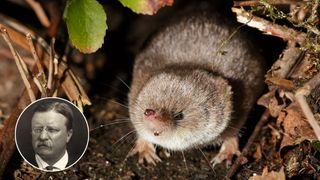
Few achievements thrilled Theodore Roosevelt as much as his work to conserve natural resources. Besides establishing the U.S. Forest Service, creating five new National Parks and placing more than 230 million acres of land under federal protection, Roosevelt also lent his name to Crocidura roosevelti, a tiny shrew that gambols in the moist savannas of Central and East Africa.
Named for FDR
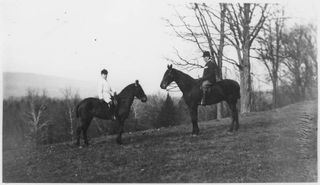
While his distant cousin Theodore is known as the "naturalist president," Franklin D. Roosevelt was no slouch when it came to animal conservation, either. After cruising the Clipperton, Coco and Galapagos Islands with F.D.R. in 1938, Smithsonian scientists wound up naming several new species after their host. Among them? Siriella roosevelti, a shrimp-like crustacean.
Carter darter
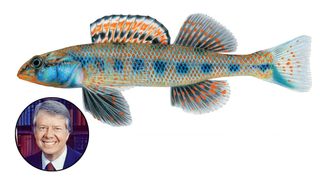
Commonly known as the bluegrass darter, Etheostoma jimmycarter dwells in the Green River drainage basin in Kentucky and Tennessee. It gets its moniker from Jimmy Carter, whose legacy includes expanding the National Park System to include the protection of 104.3 million acres of Alaskan land.
Reagan gets an insect, too
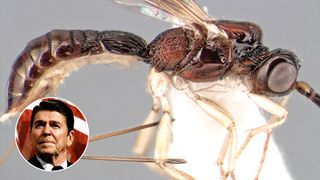
Another member of the Heterospilus tribe, H. reagani resides in Costa Rica with roughly 280 of its brethren species. Beyond its name, there's little to connect the insect to our 40th president, although Ronald Reagan did visit the Central American country at the invitation of his counterpart, Luis Alberto Monge, in 1982.
Clinton's beaded darter
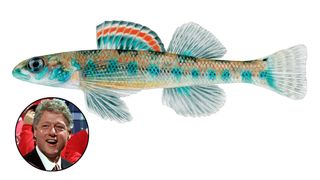
Like Bill Clinton, Etheostoma clinton, a.k.a. the beaded darter, hails from Arkansas, specifically the upper Caddo and upper Ouachita Rivers. Steve Layman, the environmental scientist who described the fish in 2012, dedicated it to the 42nd president to toast his environmental work, which included the preservation of millions of acres of wilderness and the enhanced protection of national forests.
Slime mold beetle named for Bush
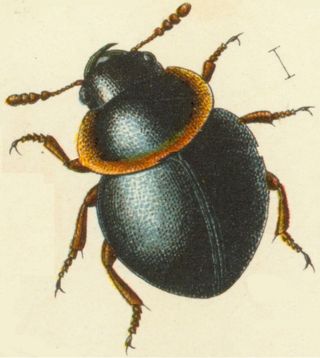
George W. Bush, his vice president Dick Cheney and erstwhile Secretary of Defense Donald Rumsfeld have more than an administration in common. Each of the trio also has a slime mold beetle named in his honor. "We admire these leaders as fellow citizens who have the courage of their convictions and are willing to do the very difficult and unpopular work of living up to principles of freedom and democracy rather than accepting the expedient or popular," Quentin Wheeler, one of two former Cornell University entomologist who described the species, including Agathidium bushi, said in a statement in 2005. (Shown here, another species in the Agathidium.)
Barack's blood fluke

Although it may not seem that way, the scientists who named a species of blood fluke after Barack Obama meant the sobriquet as a compliment. Found in the lungs of Malaysian freshwater turtles, Baracktrema obamai is a study in resilience, according to biologist Thomas Platt, who helped discover the parasitic flatworm in 2015. Members of the species "face incredible obstacles to complete their [life cycles] and must contend with the immune system of the host in order to mature and reproduce," Platt said in a statement. "B. obamai will endure as long as there are systematists studying these remarkable organisms."
Sign up for the Live Science daily newsletter now
Get the world’s most fascinating discoveries delivered straight to your inbox.
